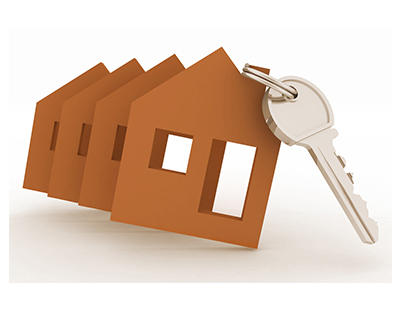
The latest edition of the Home housing index shows Conti suing close links between both the lettings and sales markets.
The Home index - which analyses over 100,000 homes listed to let and over 500,000 to buy - says gross yields for landlords have improved considerably allowing many, if not most, landlords to cope with higher interest rates. And the index says that the high cost of renting helps to ensure that demand for home purchases remains significant.
It continues: “A strong rental market has been key to supporting the sales market. Such large increases in rent over the last five years were brought about by a dramatic fall in the stock of on-market properties available to let.
“Today, the total rental stock is 48 per cent lower than it was in October 2018, although the actual record low point was in September last year. Since then, stock has steadily increased (by around 37 per cent) and this is why rent hikes are now slowing. Despite this rise, the amount of property available to let is still historically very low and this will support smaller rent rises going forward and therefore also the sales market.”
Home says stock levels of unsold property rose again during September but remain within the range which existed during the seven years pre-Covid.
“However, given both a low supply of new instructions and the relative strength of the rental sector, an overabundance scenario would appear unlikely, at least in the short term” it says.
Rents continue to rise albeit more slowly due to an increase in supply of 19.7 per cent over the last 12 months. Overall, the mix-adjusted average annualised rise in rents for the UK stands at 9.7 per cent, while rent inflation in the North West continues to lead the regional growth table at 15.0 per cent.
The Typical Time on Market for unsold property in England and Wales increased by six days during September in line with seasonal expectations: the current median is 90 days.
The total sales stock count for England and Wales continues a rising trend; the current total of unsold property is 473,188.
Prices have fallen in just four English regions and Scotland since last month, while the largest rise was in the North West where prices jumped 1.1 per cent. The Scottish property market remains the leader in terms of annualised price growth at 5.6 per cent while the East of England remains the laggard with a drop of 3.4 per cent.
You can see the latest Home index here.













%20-%20IMAGE%20Client%20Accounting%20%E2%80%93%20what%20are%20your%20options.jpg)





Join the conversation
Be the first to comment (please use the comment box below)
Please login to comment